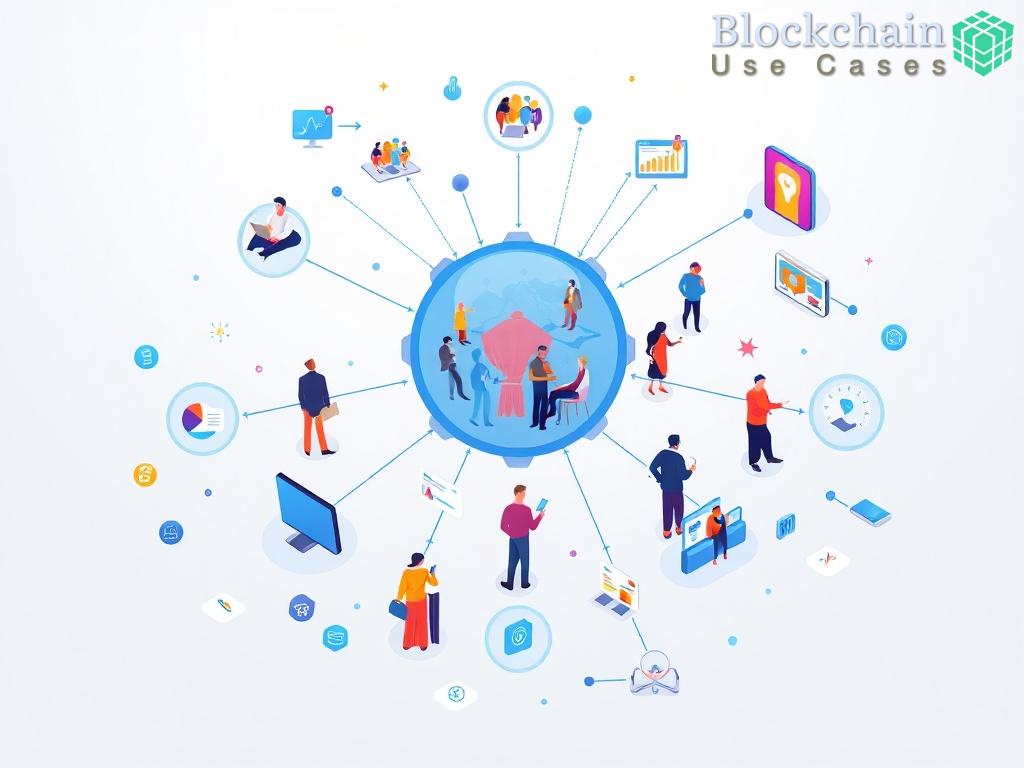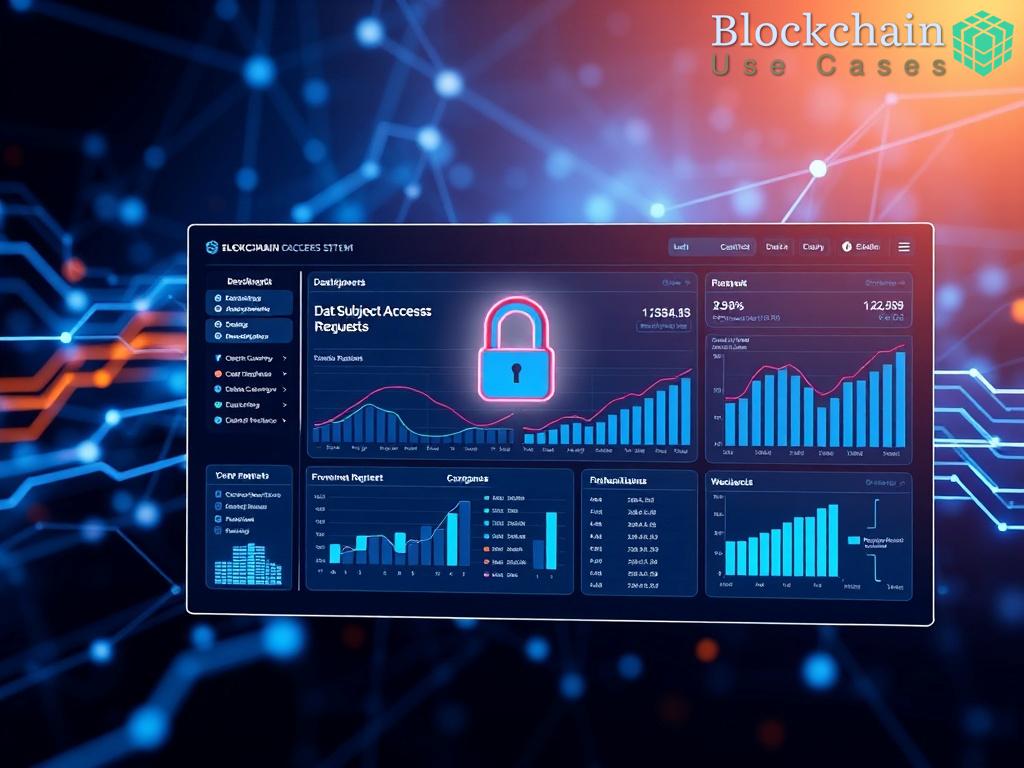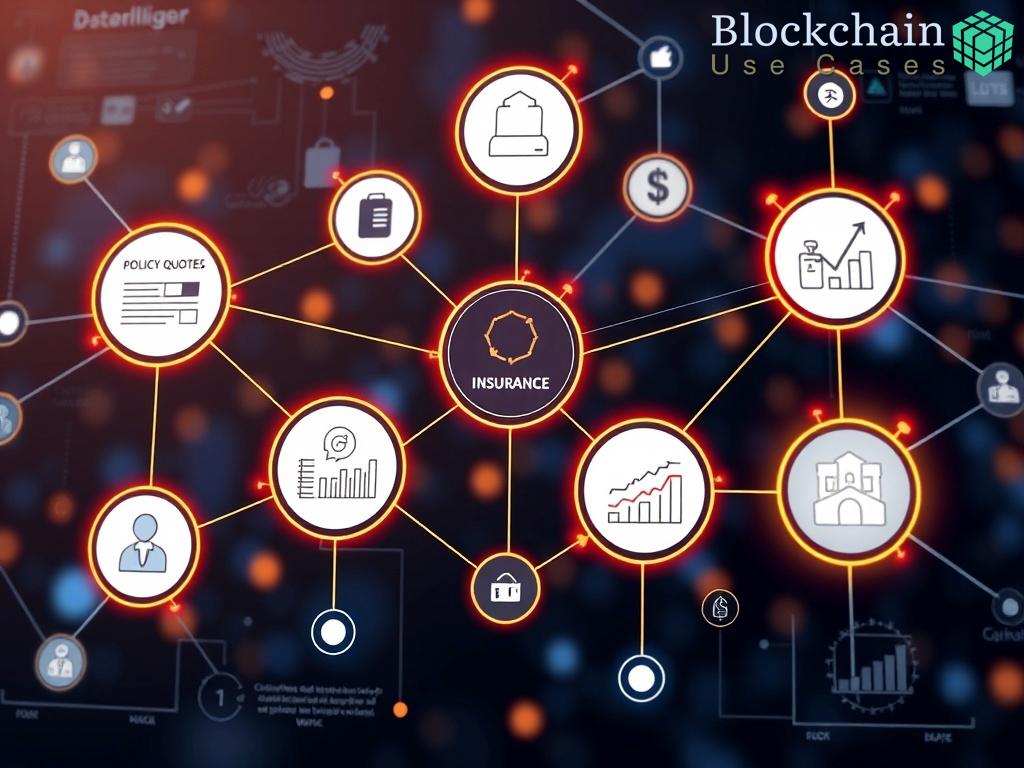Overview of Smart Contracts
Smart contracts represent a revolutionary approach to formalizing agreements between parties in a secure, automated, and transparent manner. Utilizing blockchain technology, these self-executing contracts facilitate the seamless exchange of assets or information without the need for intermediaries. As institutions increasingly seek to share research equipment efficiently, smart contracts emerge as a pivotal solution to streamline processes, enhance trust, and ensure accountability.
Understanding the fundamental characteristics of smart contracts is essential for institutions looking to leverage this technology. Below are some notable features that make smart contracts advantageous:
- Automation: Smart contracts execute automatically when predetermined conditions are met, reducing the need for manual intervention.
- Transparency: All parties involved can view the contract terms and any executed transactions, fostering trust.
- Security: The decentralized nature of blockchain ensures that contracts are tamper-proof and secure from unauthorized changes.
- Cost Efficiency: Eliminating intermediaries can significantly reduce costs associated with contract enforcement and management.
- Speed: Transactions are executed quickly, ensuring that agreements are honored without delays.
The application of smart contracts in managing research equipment sharing is multifaceted. By automating agreements related to equipment usage, maintenance schedules, and responsibility assignments, institutions can enhance the efficiency and reliability of their collaborations. Below is a table outlining the potential applications of smart contracts in this context:
| Application | Description |
|---|---|
| Usage Tracking | Automatically log equipment usage and transaction history, ensuring accountability. |
| Maintenance Scheduling | Schedule and track maintenance tasks to uphold equipment integrity. |
| Access Control | Manage who can access equipment and under what conditions, ensuring compliance with institutional policies. |
| Data Sharing | Facilitate secure sharing of research data generated from equipment use while maintaining ownership rights. |
Benefits of Equipment Sharing

In an era where collaboration and innovation are paramount, the benefits of sharing research equipment among institutions cannot be overstated. This approach not only enhances resource utilization but also fosters a spirit of cooperation that can lead to groundbreaking discoveries. By leveraging smart contracts, institutions can streamline the sharing process, ensuring that such collaborations are not only efficient but also secure and trustworthy. The advantages of equipment sharing extend beyond mere access to tools; they encapsulate economic, operational, and relational improvements that redefine the landscape of research.
One of the most significant benefits of equipment sharing is the maximization of resource utilization. Many research institutions invest heavily in specialized equipment that may go underused for substantial periods. By employing smart contracts, these institutions can create automated agreements that facilitate the usage of such equipment by other entities. This not only ensures that expensive resources are utilized effectively but also mitigates the financial burden on individual institutions. Consequently, equipment sharing becomes a viable solution to enhance research productivity while simultaneously lowering costs associated with ownership and maintenance.
The collaborative nature of research is enhanced through the sharing of equipment, as it enables institutions to work together towards common goals. Smart contracts can play a pivotal role in establishing clear terms for collaboration, detailing usage rights, responsibilities, and maintenance schedules. This clarity fosters trust between institutions, as all parties can access a transparent record of the agreements made. Furthermore, the ability to share high-end equipment can open doors to joint research initiatives, driving innovation and potentially leading to significant advancements in various fields. In essence, the use of smart contracts not only streamlines the operational aspects of equipment sharing but also strengthens the bond between collaborating institutions.
| Aspect | Traditional Approach | Smart Contract Approach |
|---|---|---|
| Transparency | Limited access to usage records | Real-time tracking of equipment usage |
| Trust | Reliance on manual agreements | Automated, tamper-proof contracts |
| Cost Efficiency | Maintenance and management costs | Reduced overhead through shared resources |
In conclusion, adopting smart contracts for managing research equipment sharing brings forth a multitude of benefits that significantly enhance the research landscape. By embracing this innovative approach, institutions not only optimize their resources but also pave the way for more collaborative, transparent, and cost-effective research initiatives.
Implementation Challenges

The integration of smart contracts into research equipment sharing systems undoubtedly brings forth numerous advantages, yet the journey towards implementation is fraught with challenges that institutions must address. As organizations endeavor to incorporate this innovative technology, they encounter various obstacles that can impede progress. Understanding these challenges is crucial for institutions aiming to harness the full potential of smart contracts.
One of the foremost challenges in implementing smart contracts is ensuring technological integration with existing systems. Institutions often utilize disparate software platforms for equipment management, financial transactions, and administrative processes. The seamless integration of smart contracts necessitates that these platforms can communicate effectively with blockchain technology. Furthermore, institutions must grapple with the compatibility of varying blockchain protocols, which can complicate the deployment process. Investing in training and development for staff members is essential to bridge the knowledge gap related to blockchain technologies and smart contracts. Without proper understanding, the potential of these tools may remain underutilized.
The legal landscape surrounding smart contracts is still evolving, and institutions must navigate a complex web of regulations and compliance requirements. While smart contracts are inherently designed to be self-executing and tamper-proof, their legality can vary based on jurisdiction. Institutions must ensure that the terms encoded in these contracts comply with local laws and institutional policies. Legal counsel should be consulted to facilitate the creation of contracts that are both enforceable and aligned with existing regulations. This legal scrutiny is crucial to prevent potential disputes and ensure that all parties involved understand their rights and obligations.
As institutions transition towards smart contracts, data security and privacy considerations become paramount. The decentralized nature of blockchain technology, while providing inherent security features, also poses challenges regarding data privacy. Sensitive information related to equipment usage and research data could be exposed if not managed correctly. Institutions must implement robust security protocols to protect sensitive information and maintain compliance with data protection regulations. Regular audits and updates to security measures are recommended to safeguard against emerging threats. A comprehensive approach to security—encompassing both technological safeguards and data governance policies—will be essential in fostering trust among participating institutions.
Case Studies of Successful Applications
The advent of smart contracts has ushered in a new era in the management of research equipment sharing, enabling institutions to streamline their collaborations effectively. By examining real-world case studies, we can gain insight into how various organizations have successfully integrated smart contracts into their operations, ultimately enhancing resource utilization and fostering innovation.
In a notable partnership, University A and Research Institute B implemented smart contracts to facilitate the sharing of high-end microscopy equipment. Prior to this, scheduling and equipment access were often mired in bureaucratic delays and miscommunication. The institutions deployed a smart contract that automated the reservation process, ensuring that all stakeholders had real-time visibility into availability and usage history. This not only minimized conflicts over equipment usage but also enhanced accountability through transparent tracking.
As a result, both institutions reported a significant increase in equipment usage rates, with University A noting a 40% increase in collaborative research projects and Research Institute B experiencing a 30% rise in data acquisition efficiency. The smart contracts ensured that maintenance schedules were adhered to, and any discrepancies in usage were logged automatically, paving the way for effective resource management.
Another compelling example comes from a Global Research Consortium that sought to share advanced analytical instruments across multiple countries. This initiative faced challenges related to differing regulations and varying institutional policies. By employing a robust smart contract framework, the consortium was able to standardize agreements that complied with local laws while also respecting the unique needs of each participating institution.
This approach facilitated seamless cross-border collaborations, allowing researchers to access cutting-edge equipment without the usual legal complexities. The smart contracts automatically adjusted access permissions based on the agreements made, ensuring compliance with local regulations and institutional policies. As a result, the consortium reported an impressive increase in joint publications, with a 50% rise in collaborative papers published in high-impact journals within a year.
| Institution | Challenge | Solution | Outcome |
|---|---|---|---|
| University A | Scheduling conflicts | Automated reservation via smart contracts | 40% increase in collaborative projects |
| Research Institute B | Data acquisition delays | Transparent tracking of equipment usage | 30% rise in efficiency |
| Global Research Consortium | Regulatory compliance | Standardized smart contracts | 50% increase in joint publications |
These case studies underscore the transformative power of smart contracts in managing research equipment sharing. By automating processes and enhancing transparency, institutions not only optimize their resources but also cultivate an environment ripe for collaboration and innovation. As more organizations recognize the potential of this technology, the future of research collaboration looks promising and efficient.
Future Trends in Research Collaboration
The landscape of research collaboration is poised for a significant transformation as the adoption of smart contracts continues to evolve. As institutions strive to become more interconnected and resource-efficient, the innovative capabilities of smart contracts will play a pivotal role in redefining how research equipment is shared across various entities. This shift not only enhances operational efficiency but also fosters a collaborative spirit that is essential for groundbreaking discoveries in today’s competitive research environment.
As we look towards the future, the integration of artificial intelligence (AI) and machine learning with smart contracts is expected to revolutionize research collaborations. These technologies can analyze vast amounts of data to optimize equipment usage patterns, predict maintenance needs, and even suggest potential collaborative projects based on shared interests. By leveraging AI, institutions can not only enhance resource allocation but also foster innovative partnerships that were previously unimaginable. The synergy between smart contracts and AI will lead to more dynamic and responsive research environments, where institutions can quickly adapt to emerging needs and opportunities.
Another compelling trend shaping the future of research collaboration is the emergence of decentralized research networks. These networks, powered by blockchain technology, allow institutions to connect and share resources in a more transparent and equitable manner. Smart contracts will serve as the backbone of these networks, ensuring that agreements are adhered to and that all parties maintain accountability. As researchers increasingly seek to collaborate across borders, decentralized networks will mitigate legal and regulatory hurdles, allowing for smoother transactions and knowledge exchanges. This paradigm shift will not only democratize access to cutting-edge equipment but will also encourage diverse collaborations that drive innovation, as researchers from various disciplines and regions come together to tackle complex global challenges.


















